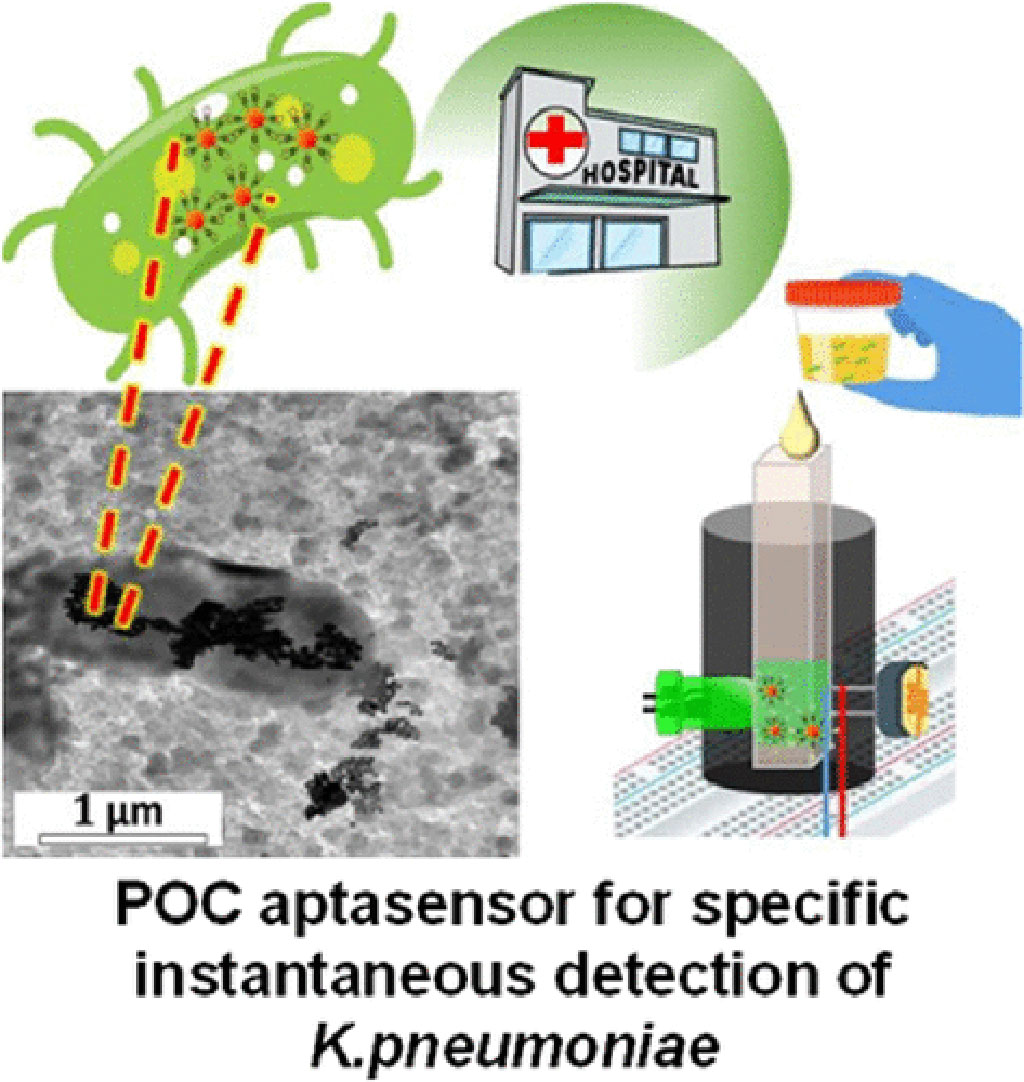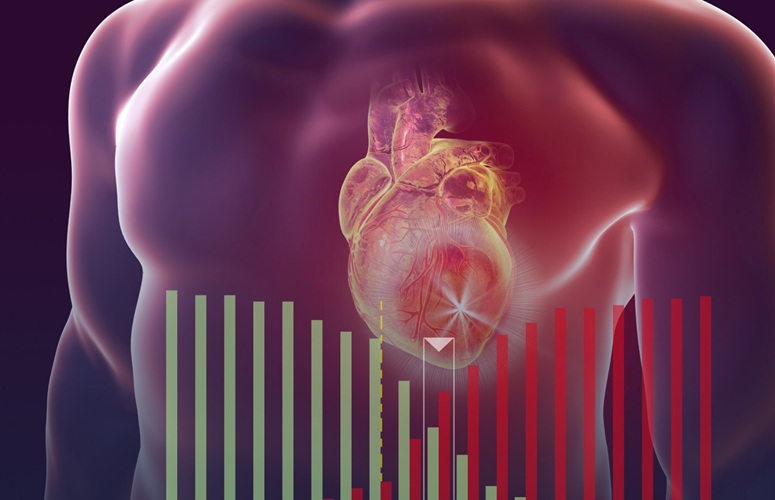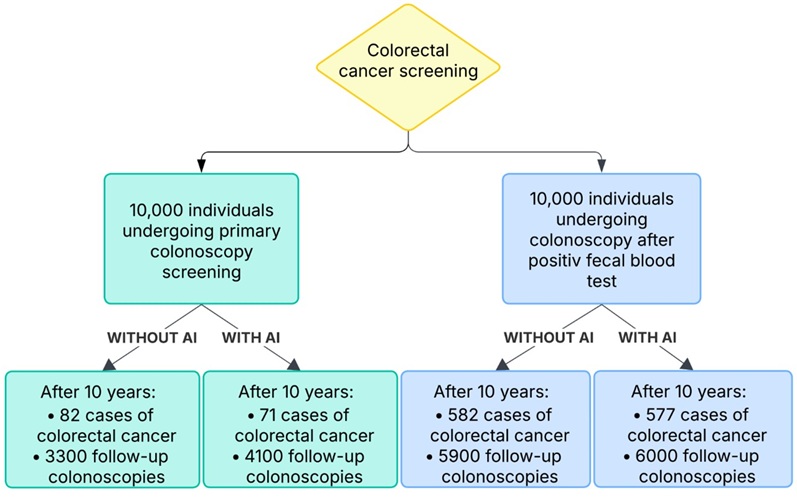Groundbreaking POCT Device Detects UTI Causing Bacteria in Five Minutes 
|
By HospiMedica International staff writers Posted on 17 Aug 2023 |

Urinary tract infection (UTI) is a prevalent health concern globally, particularly affecting women during pregnancy. Various bacteria can cause UTIs, leading to symptoms like a burning sensation during urination and an increased need to urinate. If the infection spreads to the kidneys, it can result in serious complications. Conventionally, urine cultures are used to detect and identify the specific bacteria responsible, a process that takes at least two days. This delay can cause suffering for the patient and even be fatal in some instances. In rural areas, the problem is exacerbated by inadequate infrastructure, high testing costs, and extended testing time, leading to many UTIs going undetected.
Researchers at the Indian Institute of Technology Guwahati (IIT Guwahati, Assam, India) have made a significant breakthrough by creating a 3D printed photodetector device that can identify and quantify a UTI-causing bacteria known as Klebsiella pneumoniae within five minutes from a urine sample. This capability is highly significant, as Klebsiella pneumoniae is not only a common cause of UTI but is also linked to pneumonia and soft tissue infections.
To create the prototype, the researchers utilized gold nanoparticles combined with specially engineered aptamers. An aptamer is similar to a 3D puzzle piece that fits only on the surface of specific bacteria. As a result, the gold nanoparticles get agglomerated on the surface of the target bacteria, generating a unique signature detectable by a UV-visible spectrophotometer. The device’s biosensor identifies changes in light intensity when the aptamer-gold nanoparticles-bacteria come together. The aptamer and bacteria combine instantly to result in rapid detection. Importantly, this innovative prototype is not only specific to Klebsiella pneumoniae but is also adaptable to different types of bacteria, offering great potential for primary healthcare. Furthermore, the cost-effective nature of the device could make it particularly beneficial in rural areas where UTIs frequently remain undiagnosed due to limited access to testing facilities.
Related Links:
IIT Guwahati
Channels
Artificial Intelligence
view channel
Innovative Risk Score Predicts Heart Attack or Stroke in Kidney Transplant Candidates
Heart researchers have utilized an innovative risk assessment score to accurately predict whether patients being evaluated for kidney transplants are at risk for future major cardiac events, such as a... Read more
AI Algorithm Detects Early-Stage Metabolic-Associated Steatotic Liver Disease Using EHRs
Liver disease, which is treatable when detected early, often goes unnoticed until it reaches advanced stages. Metabolic-associated steatotic liver disease (MASLD), the most prevalent form of liver disease,... Read moreCritical Care
view channel
AI Eye Scans Could Help Identify Heart Disease and Stroke Risk
New research has explored the advantages of utilizing artificial intelligence (AI) retinal imaging for screening cardiovascular diseases in general practice (GP) clinics and highlighted areas where improvements... Read more
Digital Heart Twin Improves Diagnosis and Treatment of Cardiac Arrhythmias
Millions of individuals around the globe suffer from cardiac arrhythmias. Traditionally, electrocardiography (ECG) has been used to detect premature ventricular contractions (PVCs), one of the most common... Read more
First-Of-Its-Kind AI-Powered Probability Scoring System Assesses Heart Failure with Preserved Ejection Fraction
Heart failure with preserved ejection fraction (HFpEF) is one of the most difficult types of heart failure to diagnose due to the intricate interaction between various clinical and echocardiographic factors.... Read moreSurgical Techniques
view channel
New Transcatheter Valve Found Safe and Effective for Treating Aortic Regurgitation
Aortic regurgitation is a condition in which the aortic valve does not close properly, allowing blood to flow backward into the left ventricle. This results in decreased blood flow from the heart to the... Read more
Minimally Invasive Valve Repair Reduces Hospitalizations in Severe Tricuspid Regurgitation Patients
The tricuspid valve is one of the four heart valves, responsible for regulating blood flow from the right atrium (the heart's upper-right chamber) to the right ventricle (the lower-right chamber).... Read morePatient Care
view channel
Portable Biosensor Platform to Reduce Hospital-Acquired Infections
Approximately 4 million patients in the European Union acquire healthcare-associated infections (HAIs) or nosocomial infections each year, with around 37,000 deaths directly resulting from these infections,... Read moreFirst-Of-Its-Kind Portable Germicidal Light Technology Disinfects High-Touch Clinical Surfaces in Seconds
Reducing healthcare-acquired infections (HAIs) remains a pressing issue within global healthcare systems. In the United States alone, 1.7 million patients contract HAIs annually, leading to approximately... Read more
Surgical Capacity Optimization Solution Helps Hospitals Boost OR Utilization
An innovative solution has the capability to transform surgical capacity utilization by targeting the root cause of surgical block time inefficiencies. Fujitsu Limited’s (Tokyo, Japan) Surgical Capacity... Read more
Game-Changing Innovation in Surgical Instrument Sterilization Significantly Improves OR Throughput
A groundbreaking innovation enables hospitals to significantly improve instrument processing time and throughput in operating rooms (ORs) and sterile processing departments. Turbett Surgical, Inc.... Read moreHealth IT
view channel
Printable Molecule-Selective Nanoparticles Enable Mass Production of Wearable Biosensors
The future of medicine is likely to focus on the personalization of healthcare—understanding exactly what an individual requires and delivering the appropriate combination of nutrients, metabolites, and... Read more
Smartwatches Could Detect Congestive Heart Failure
Diagnosing congestive heart failure (CHF) typically requires expensive and time-consuming imaging techniques like echocardiography, also known as cardiac ultrasound. Previously, detecting CHF by analyzing... Read moreBusiness
view channel
Expanded Collaboration to Transform OR Technology Through AI and Automation
The expansion of an existing collaboration between three leading companies aims to develop artificial intelligence (AI)-driven solutions for smart operating rooms with sophisticated monitoring and automation.... Read more


















